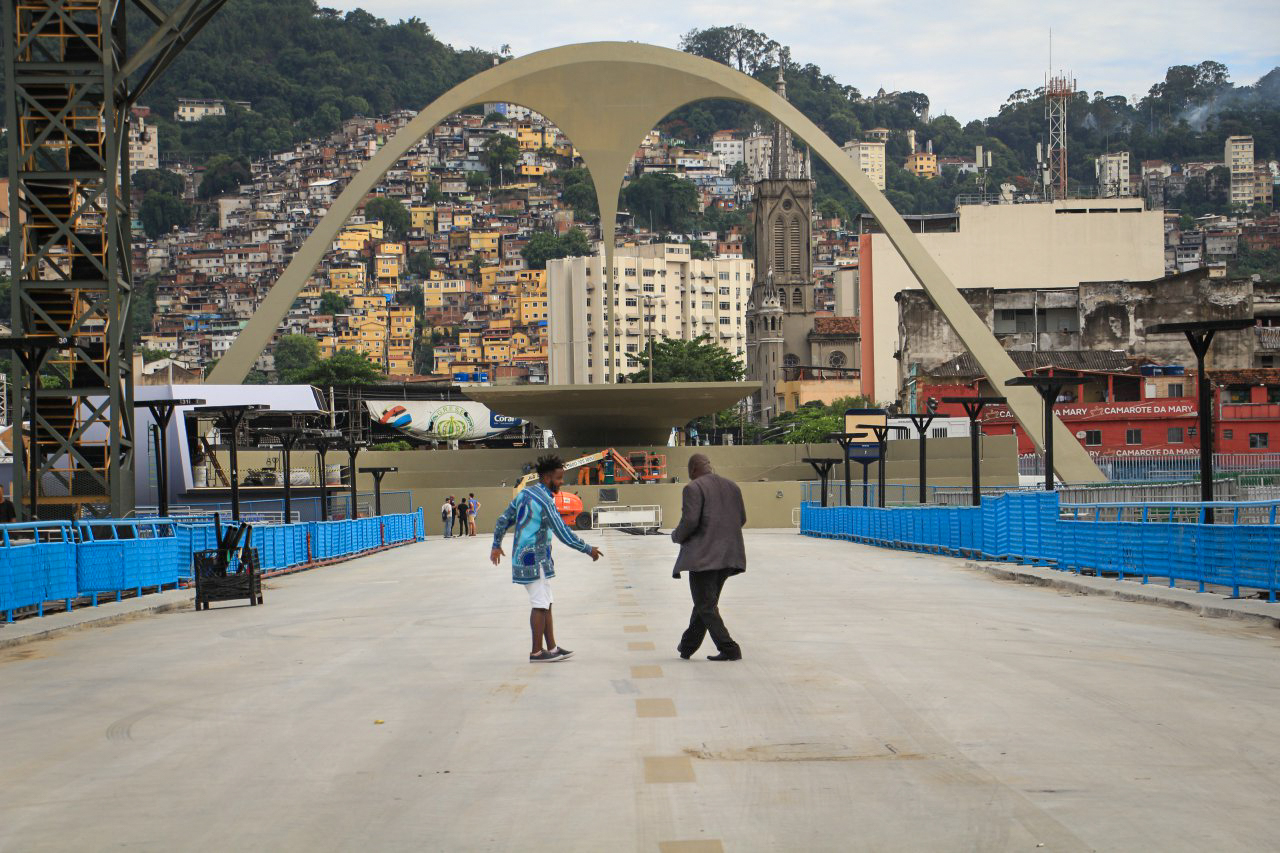Hedeiros
Rio de Janeiro, Brasil - 2019-2022
Research, Directing and Post Production
What inheritance is made of? Money? Lands?
Hedeiros is the rescue of everyday stories that intersect and mingle over the decades in Morro da Serrinha, a favela in Rio de Janeiro. The inhabitants transformed into musical rhythms that rock generations of Afro-descendants.
Thais Nepomuceno delicately portrays, to the sound of funk, samba and jongo, the meeting of young Brazilians with a legacy left by their ancestors. A heritage of songs, dances, dignity and faith.
Photo credit: Jonas Feitosa
Herdeiros is a documentary film that seeks to register the socio-political-cultural process that enabled the formation of Serrinha, a community in the neighborhood Madureira in Rio de Janeiro - Brazil. It is intended to use close up shots to collect first-person testimonies from cultural activists (jongueiras, samba dancers and other neighborhood leaders), whereas one can understand and trace the historical lines of the following historical processes:
What are Jongo's historical roots? How did the rhythm and dance arrive in the Serrinha?
Are there historical connections between jongo, samba and funk?
How does the community relate today with the heritage of colonialism and the African diaspora?
The documentary approach is based on the idea of giving interviewees the opportunity to tell their own life stories. The interviewees have an active voice in the construction of the film's narrative, taking back the power on telling their own story Through wide shots and audio capture by boom microphone the interviewees have liberty on the space and feel free to tell what they want: personal stories, complaints, stories, joys, etc. The aim of photography direction is to capture as much as possible of everyday scenes, ordinary and human actions such as drinking, cooking, dancing, walking and crying.
The predefined script of questions is a guide for the interviews, however it is also a simple trigger for starting conversations: what interests us most is the interviewees' testimony from the heart.
The interviews are conducted in locations where there are spaces for the residents of Serrinha such as the streets, cultural spaces, gymnasiums and samba school courts,etc. Always focusing on registering the political potential of these populations, their spaces, leisure, dreams and desires.
The shots and frames captured highlight intimate traits of the interviewees, producing a family portrait. Alongside the close up shots creates intimate proximidity and creates Black Power appreciation less frequently seen in the screens The soundtrack and sound design are of essential importance to the project and have been thought of since the film was conceived, however, it can be radically modified from the capture of images and sounds with the interviewees.
Furthermore, the soundtrack takes advantage of the talents of Serrinha, either with improvised encounters, or with a cappella demonstrations. The original music composed by the local artist Celso Marinho points out each subject approached by the talents. Consisting of 3 musical movements which are being investigated: jongos, sambas and funk. These same 3 musical movements, created by African Diasporic communities in Brazil have profound similarities in their history such as the improvisations.












